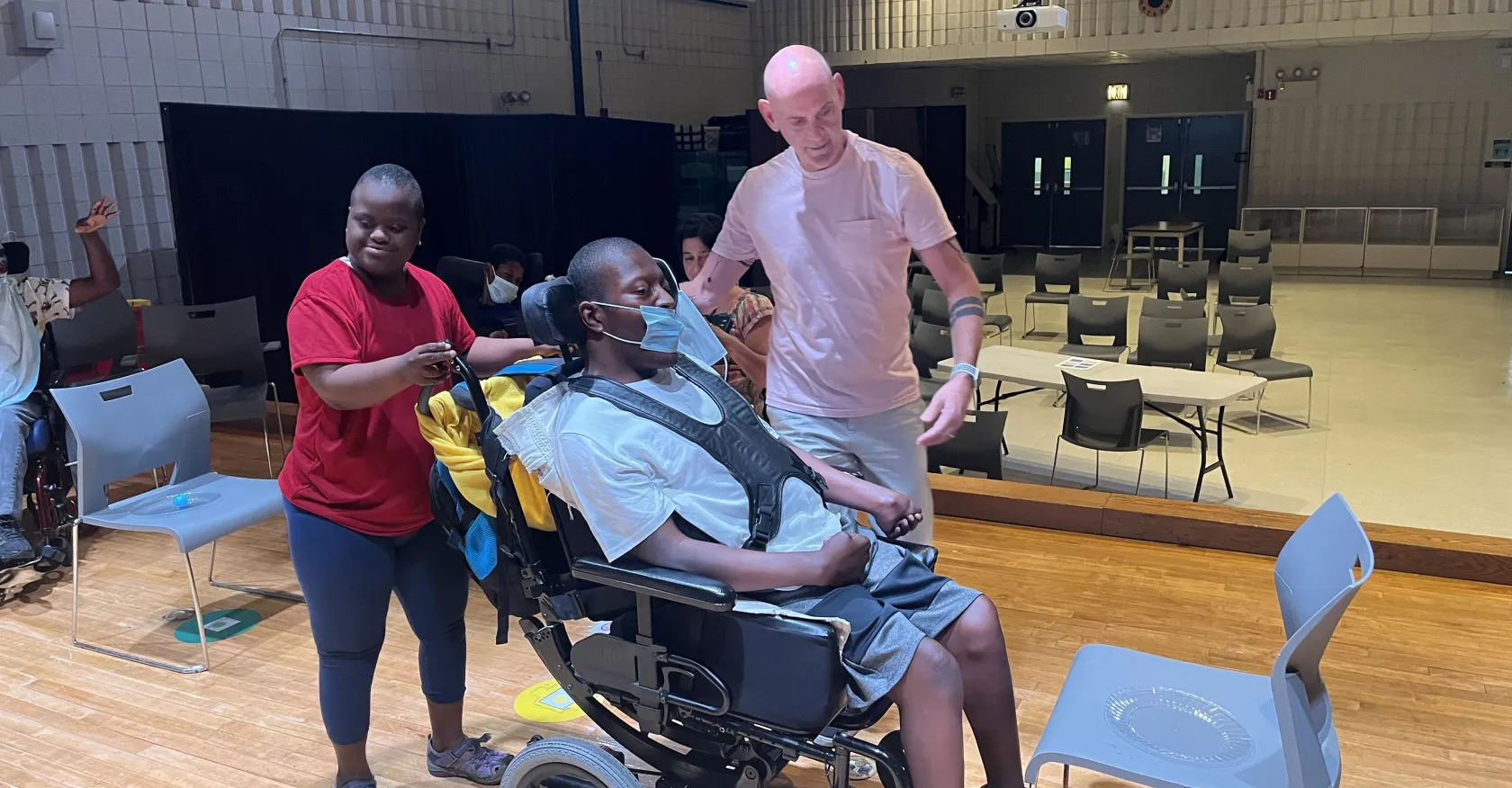This Brooklyn teacher is making theater more accessible to students with all abilities

A serendipitous subway ride about 20 years ago led Michael Pantone from his acting career to teaching theater at a Brooklyn public school serving children with disabilities.
On the No. 2 train, Pantone had run into an actor friend as she headed to direct an after-school theater program for middle school students. She invited Pantone, who was between acting gigs, to check it out. He went the next day and ended up assisting her. That led to them co-directing a summer student theater program. Then, the private school that housed the program offered Pantone a full-time position teaching theater.
For the past eight years, Pantone has taught theater at District 75’s P721K, the Roy Campanella Occupational Training Center, where he splits his time between working with high school students with multiple disabilities and K–2 students with autism. He often leads workshops for other teachers and teaching artists working in general education settings, as well as in District 75, a group of specialized schools serving students with the most significant disabilities. Pantone, who holds master’s degrees in theater education and special education, was among 20 teachers recognized by the city’s education department in this year’s Big Apple Apple awards given to outstanding educators.

Brooklyn Boro
View MoreNew York City’s most populous borough, Brooklyn, is home to nearly 2.6 million residents. If Brooklyn were an independent city it would be the fourth largest city in the United States. While Brooklyn has become the epitome of ‘cool and hip’ in recent years, for those that were born here, raised families here and improved communities over the years, Brooklyn has never been ‘uncool’.